QUICK CHINESE LESSONS BY THAT’S MANDARIN
LESSON 1
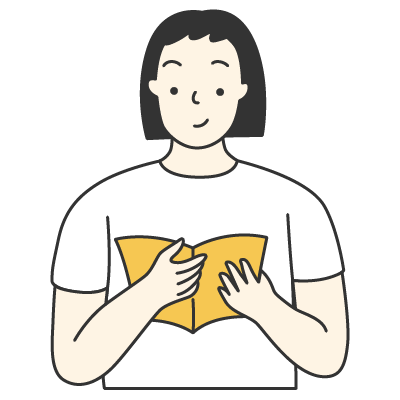
1. To Be | 是 (shì)
Our first Quick Chinese Lesson is about one of the most common Chinese words.
It is the verb 是 (shì), which means “to be”. It is equivalent to “am, is, are” in the present tense and “was, were” in the past tense. Use 是 (shì) only with nouns.
STRUCTURE
Pronoun / Noun + 是 (shì) + Noun

她是老师。
Tā shì lǎoshī.
She is a teacher.

他是医生。
Tā shì yīshēng.
He is a doctor.
2. Very | 很 ( hěn)
But to say things like “You are tall” or “China is beautiful”, you’ll need an adverb. The most common Chinese adverb is 很 (hěn), which literally means “very”.
STRUCTURE
Pronoun / Noun + 很 (hěn) + Adjective
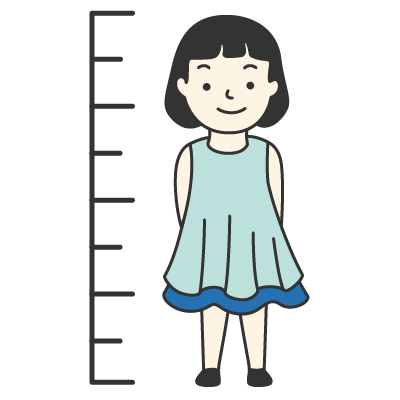
你很高。
Nǐ hěn gāo.
You are tall.

我很好。
Wǒ hěn hǎo.
I am good.

中国很漂亮。
Zhōngguó hěn piàòliang.
China is beautiful.
3. Very | 非常 (fēicháng)
What if you want to say “China is very beautiful”? In this case, you can use a “stronger” adverb of degree, such as 非常 (fēicháng), which is a stronger way to say “very”.
STRUCTURE
Pronoun / Noun + 非常 (fēicháng) + Adjective

中国非常漂亮。
Zhōngguó fēicháng piàòliang.
China is very beautiful.

他是医生。
Tā shì yīshēng.
He is a doctor.
4. Using 的 (de) with Adjectives
In English, it’s common to see phrases like “a beautiful park”, “an interesting person”, “a big room”, etc. You don’t need to put anything between an adjective and a noun in these cases.
In Chinese, things get a bit more complicated. You will need to add 的 (de) between an adjective and a noun, depending on what adjective it is.
STRUCTURE
Pronoun / Noun + 的 (de) + Noun
Generally speaking, 的 (de) is not needed if the adjective is made of just one character. If an adjective contains two or more syllables, then you’ll need 的 (de). Just follow this simple rule and you’ll be fine. Let’s have a look at some examples:
1. With adjectives made of more than one character; use 的 (de):

漂亮的公园
piàoliang de gōngyuán
a beautiful park

有趣的人
yǒuqù de rén
an interesting person
2. With adjectives made of only one character; do not add 的 (de):
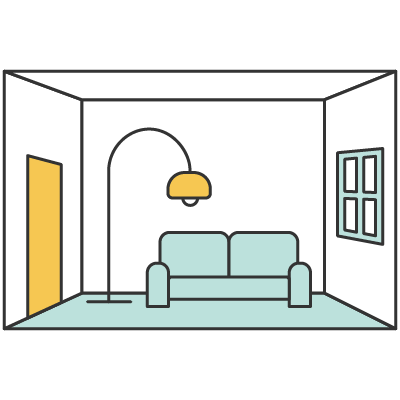
大房间
dà fángjiān
a big room
5. Simple Sentence Structure
If you are a beginner, these four structures will help you avoid making mistakes when you build simple Chinese sentences.
STRUCTURE 1
Subject + Verb + Object

我去学校。
Wǒ qù xuéxiào.
I’m going to school.
Literally: I go to school.
Subject + Time + Verb + Object
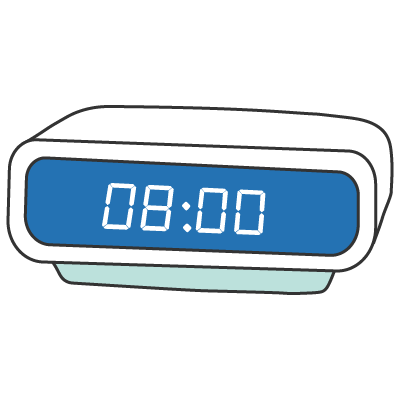
我八点去学校。
Wǒ bā diǎn qù xuéxiào.
I go to school at 8 o’clock.
Literally: I at 8 o’clock go to school.
Subject + Time + Verb + Object
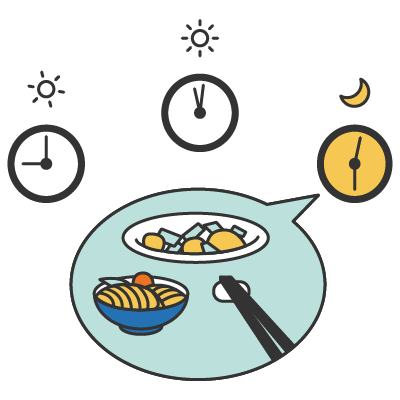
我在家吃晚饭。
Wǒ zài jiā chī wǎnfàn.
I have dinner at home.
Literally: I at home eat dinner.
Subject + Time + Verb + Object

我八点在家吃晚饭。
Wǒ bā diǎn zài jiā chī wǎnfàn.
I have dinner at home at 6:30.
Literally: I at 6.30 at home eat dinner.
6. How to Ask Basic Questions
Many Chinese learners are told that 吗 (ma) is used at the end to form a question. However, this is not always correct even when creating basic questions.
STRUCTURE
Sentence + 吗 (ma) + ?
吗 (ma) needs to be added at the end of a yes-no question only. For questions like “Where are you?”, “What time is it?”, there is no need to add 吗 (ma).
Let’s have a look at some examples.
1. For yes-no questions; use 吗 (ma):

你喜欢上海吗?
Nǐ xǐhuan Shànghǎi ma?
Do you like Shanghai?
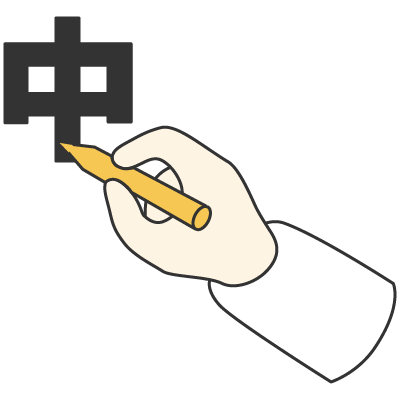
他有中文名字吗?
Tā yǒu Zhōngwén míngzi ma?
Does he have a Chinese name?
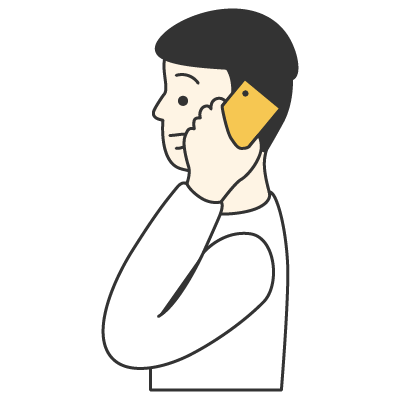
你在哪里?
Nǐ zài nǎlǐ?
Where are you?
Further Steps
How was your first lesson? Not so difficult, wasn’t it?
We’ve also prepared a PDF for you to save and review this lesson at your own pace and time.
It’s available here:

